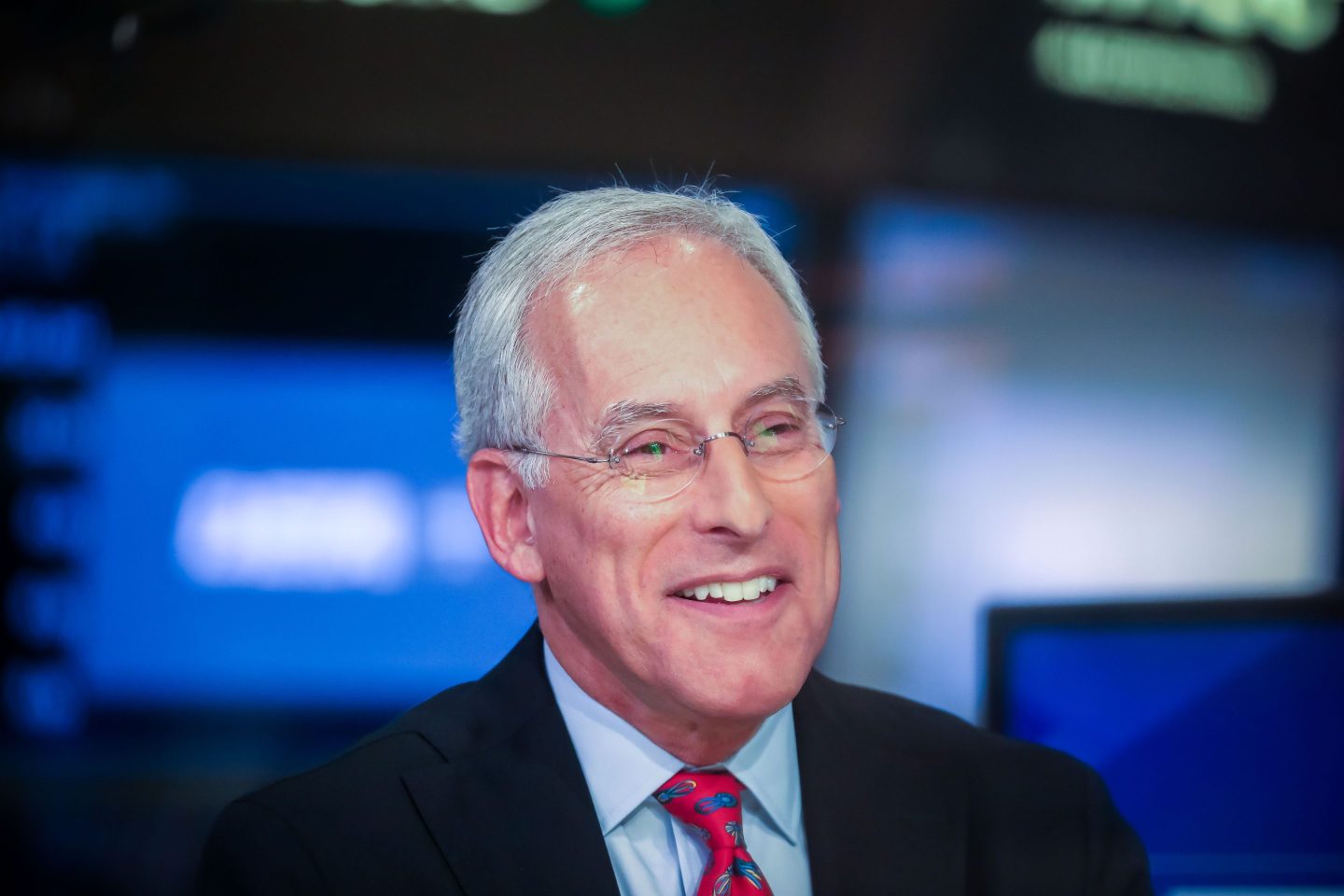After a radical shake-up of its immigration policy, Britain is set to become one of the most difficult countries on earth for immigrants to enter.
The plan doesn’t go into effect until 2021, and already the new rules are dividing a hardly united United Kingdom.
Following its shock exit from the European Union, the country will, from next January, scrap its current policy that permits free entry from EU countries for a highly selective system. The new regime will allow only “the brightest and the best” from around the world to come and work in the U.K., similar to programs in place in Australia, Canada, and New Zealand.
“For too long, distorted by European free movement rights, the immigration system has been failing to meet the needs of the British people,” the government document setting out the plan said.
Economists counter the policy will hit employers in sectors as diverse as construction to health care and could push up prices for consumers.
For the hundreds of thousands of Europeans who have come to Britain in recent years to take up low-skilled (and low-paying) jobs—think dish-washers, coffee shop baristas, and manual laborers, they will no longer be allowed in. Instead, Britain will give “top priority to those with the highest skills and the greatest talents: scientists, engineers, academics and other highly-skilled workers.”
A government advisory group estimated that 70% of EU migrants who came to Britain under the open-door policy would not be allowed in under the new rules.
The move gives Brexit backers and many of the voters who propelled Johnson to a crushing election win in December what they want—an end to what they perceive as unlimited migration from the EU that’s changed the character of their communities, and has stressed public services to breaking point.
But economists and business leaders were quick to point out that, alongside certain benefits, Johnson’s policy of clamping down on immigration will carry big costs.
Sectors like hospitals, care homes, construction, hotels, bars and restaurants have come to depend heavily on a broad flow of migrants from EU countries ready to work for low wages.
The construction sector and care homes for the elderly already face severe labor shortages, and the new immigration guidelines are set to worsen the situation.
Construction squeeze
Business leaders warned the shortages could lead to more care homes closing down and leave construction companies struggling to build the new homes and infrastructure that Johnson’s government wants, including a planned $140 billion high-speed rail line.
Brian Berry, chief executive of the Federation of Master Builders, said more than half of the trade group’s members were already reporting problems recruiting bricklayers and carpenters.
“We need another 168,000 people in construction to meet current demand over the next three years,” he told the BBC in a radio interview, citing recent research.
To be allowed to work in the U.K., applicants, whether from EU countries or elsewhere, must have some English fluency. And, they must have an offer of a skilled job in the U.K. that pays a salary above a certain level. Each requirement carries a certain number of points and applicants must reach 70 points to be granted a work permit.
The new policy won praise from Britain’s tech industry, as it places no limits on the number of computer scientists or software engineers who could come to work in the U.K.
The opposition Labour Party attacked the plan, saying it would inflict considerable economic damage, and potentially devastate the health and social care sectors which relied on international recruitment. Labour’s health spokesman Jonathan Ashworth told the BBC there were already 122,000 vacancies for social care staff.
Economic growth fears
Another casualty could be economic growth. Before the Brexit referendum, Britain regularly achieved annual growth of 2% or more, but GDP growth slowed to 1.3% in 2018 and 1.4% in 2019, partly as uncertainty over Britain’s future trading relationship with the EU led to a slump in business investment. A cut in immigration could cut that lackluster number further, critics say.
“Lower levels of immigration lead to a smaller workforce, which leads to slower growth in GDP. That’s pretty mechanical,” Thomas Pugh, U.K. economist at consultancy Capital Economics, told Fortune.
Samuel Tombs, chief U.K. economist at research firm Pantheon Macroeconomics, said the hit to GDP growth from lower inflows of people would be partially offset by a small boost to productivity should the country succeed in attracting more highly skilled migrants, plus increased investment to raise the output of existing staff. Otherwise, low growth is here to stay, he said.
“Given that the U.K.’s internal demographics look bad in the 2020s—retirees looks set to exceed new U.K.-born entrants to the labor market—1.0% year-over-year growth in GDP likely will be the new normal for the U.K. economy from 2021 onwards,” he told Fortune.
Will it fly abroad?
A surge in undocumented immigration has fueled the rise across a rapidly aging Europe of political parties that back a hard line on all forms of immigration, ranging from the far-right Alternative for Germany to Italy’s League party, and Marine le Pen’s National Rally in France.
These parties will be watching Britain’s new system closely to see if it is a success. If it is, it could lead to stepped-up pressure in other countries to change the EU’s open-borders policy, analysts observe.
The British scheme is similar to the merit-based immigration policy President Trump has repeatedly called for in the United States.
Trump’s plan stalled in the face of Democratic opposition; House Speaker Nancy Pelosi labeled it “dead on arrival.” But immigration is expected to be a major issue in this year’s presidential election and Trump has said he would make a new push for his immigration reform if re-elected.
The British scheme seems destined to shake up the makeup of U.K. businesses.
Businesses from farms to construction firms to coffee bars will no longer be able to rely on a steady flow of cheap, plentiful labor, which has helped keep down wages and prices in the U.K. It’s unclear how employers will shift their resources should some of the worst predictions—higher wages and labor shortages in an already tight jobs market—come true. Consumers too could feel the pinch if, as economists predict, higher labor costs make some goods and services more expensive.
But the British government’s blunt message to business was they had better get used to it.
“U.K. businesses will need to adapt and adjust to the end of free movement … It is important that employers move away from a reliance on the U.K.’s immigration system as an alternative to investment in staff retention, productivity, and wider investment in technology and automation,” the document said.
Brexit-supporting politicians say companies could fill any gaps by simply training Brits to do the jobs. But it isn’t that simple. Many companies say Britons simply do not want to do many of the jobs that EU immigrants readily handle. The director of human resources at sandwich chain Pret a Manger said in 2017 that only one in 50 applicants for jobs with the company was British.
Nor is there a great pool of jobless to draw on. The UK unemployment rate at 3.8% is the lowest since the mid-1970s.
Interior minister Priti Patel stirred controversy by saying that businesses should look to the 8 million economically inactive people, or 20% of the workforce, to fill staffing shortages. But economists there too shot back, saying the vast majority of those were students, retired, caring for their family or suffering from a long-term illness.
“There aren’t 8 million people just sitting around on the sidelines of the labor force that you can just draft in. There obviously are some people, but it will be a lot, lot smaller than 8 million,” Capital Economic’s Pugh said.
The government will ease the immigration rules for sectors where there are deemed to be labor shortages. It also promised separate schemes for scientists, graduates, health and agricultural workers “which will provide businesses with additional flexibility in the shorter term.” There are separate rules for family reunions and asylum.
Mass immigration from the EU has transformed Britain in recent years, particularly after eight eastern European countries, including Czech Republic, Hungary and Poland, joined the EU in 2004. Hundreds of thousands of workers from those countries took advantage of the EU’s freedom of movement to take better-paid jobs in the U.K., working in hotels, bars and restaurants, as builders, plumbers or electricians, on farms or in care homes. Within a few years, their children will be looking to go to university and enter the labor force.
The irony of the timing is that net migration of EU citizens to Britain peaked at more than 200,000 a year in early 2016, but has dropped sharply since the Brexit referendum, falling to 48,000 in the year to June 2019. By contrast, net migration to Britain of people from non-EU countries has increased since the referendum, reaching 229,000 in the same period.
Various research and polls show that many citizens of EU countries plan to stay in Britain despite Brexit. And, the British government has received more than three million applications from EU citizens to continue living in the U.K.
More must-read stories from Fortune:
—Stock scammers are using coronavirus to dupe investors, SEC warns
—Credit Suisse making a comeback, but spying scandal drags down outlook
—Why China is still so susceptible to disease outbreaks
—A new coronavirus red flag on the horizon—a stronger dollar
—Fortune Explains: Tariffs and trade wars
Subscribe to Fortune’s Bull Sheet for no-nonsense finance news and analysis daily.





